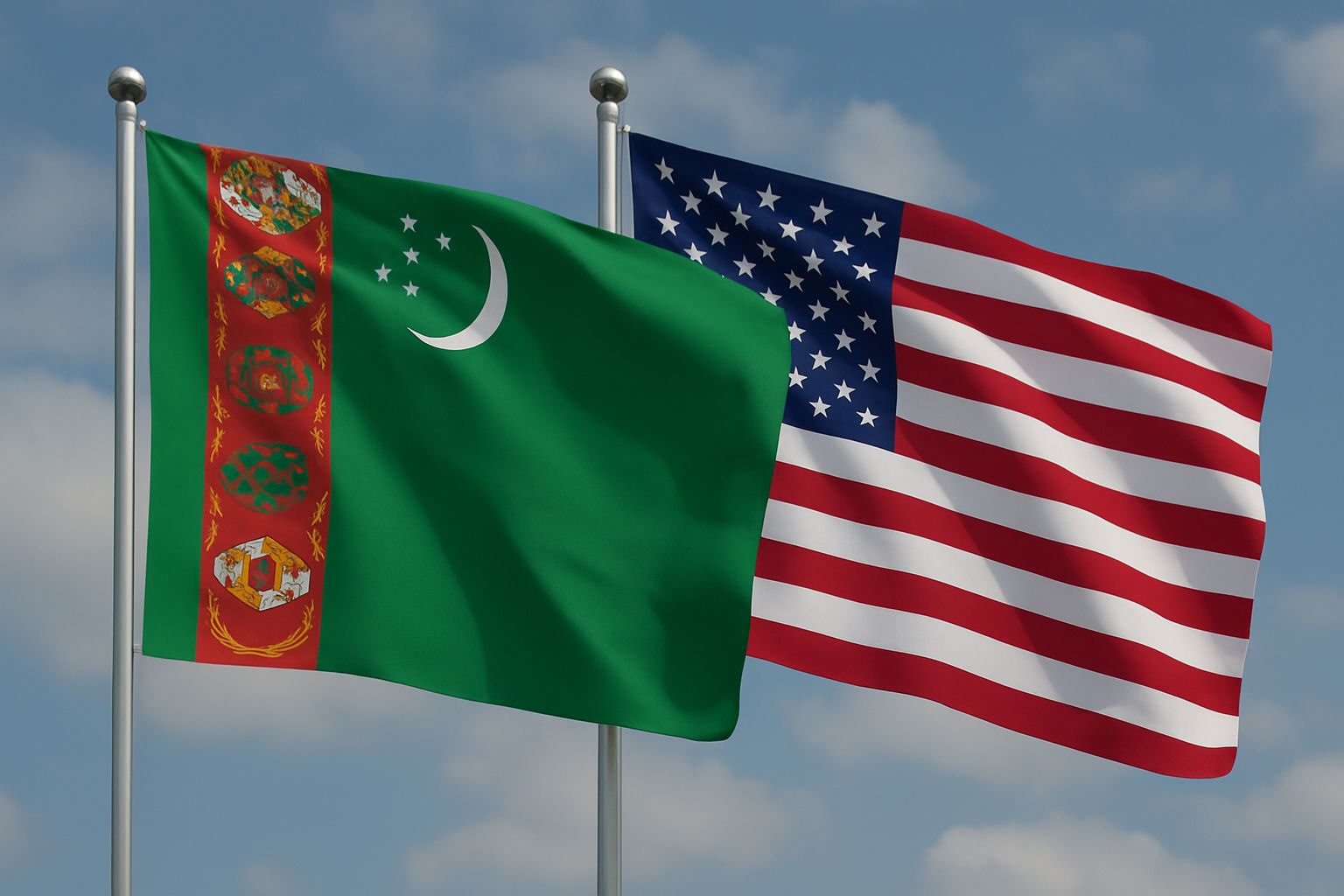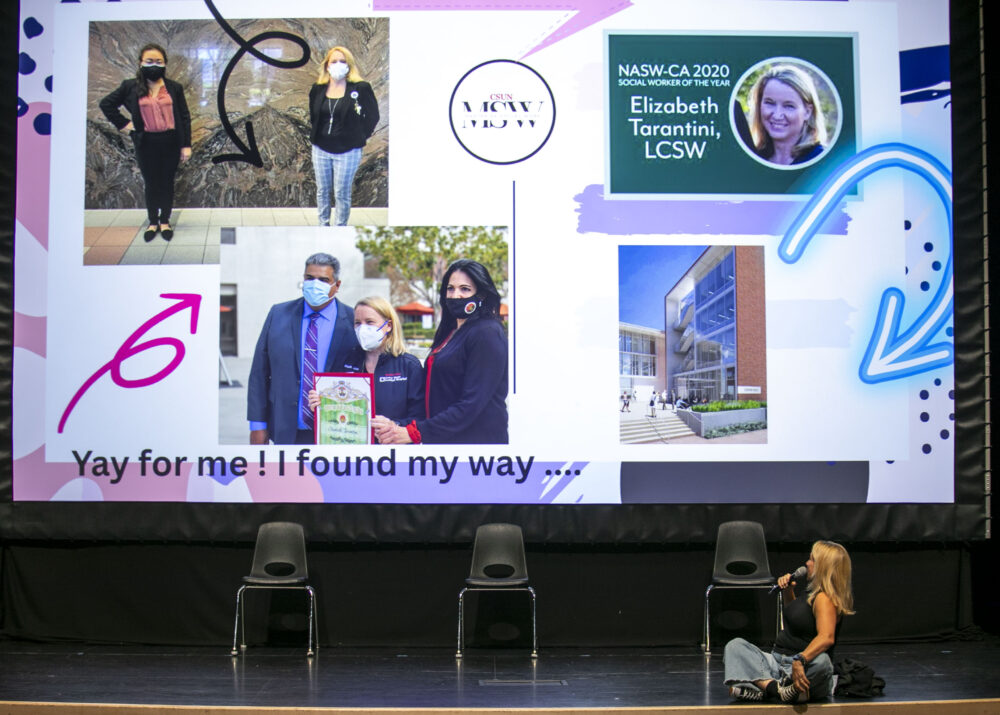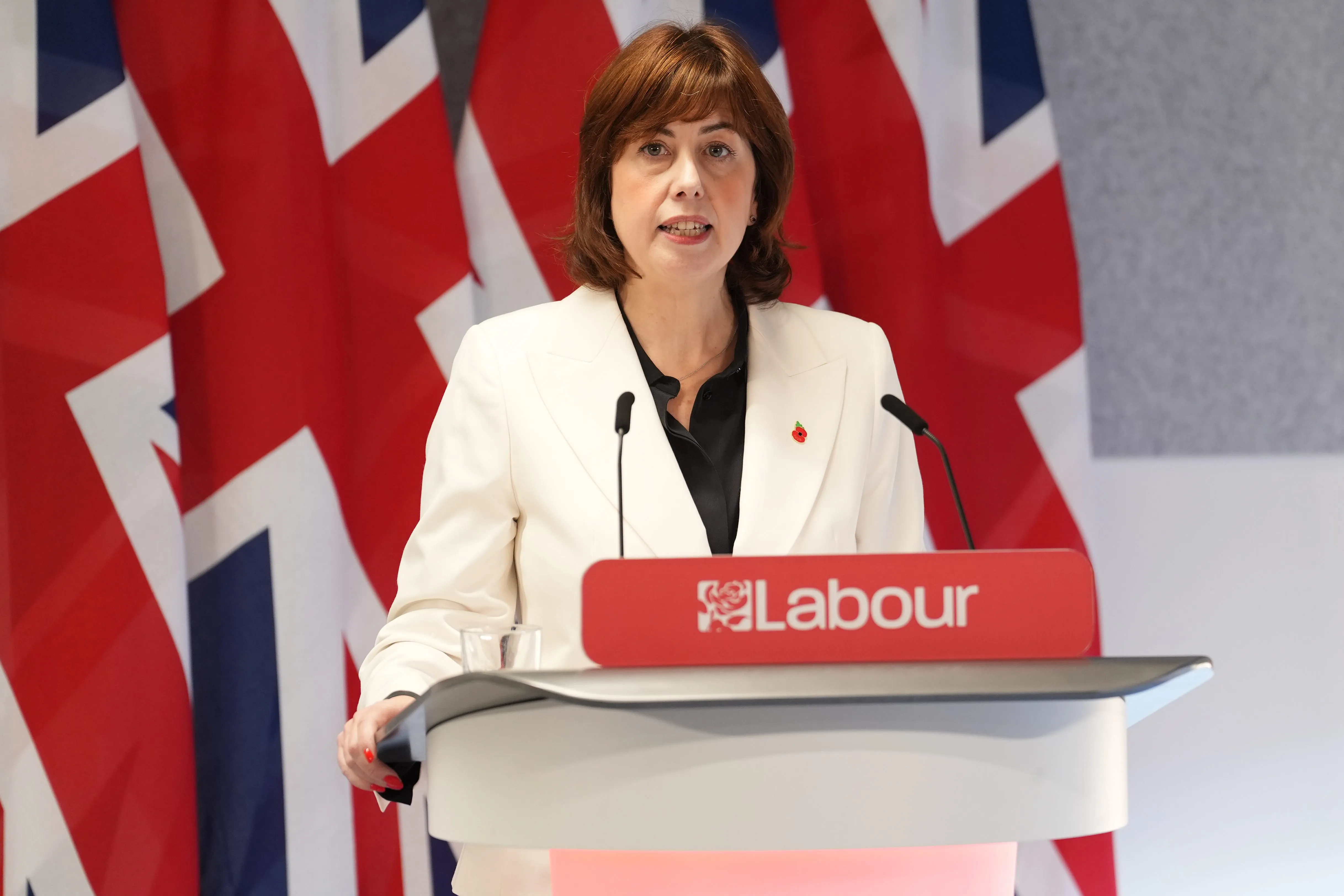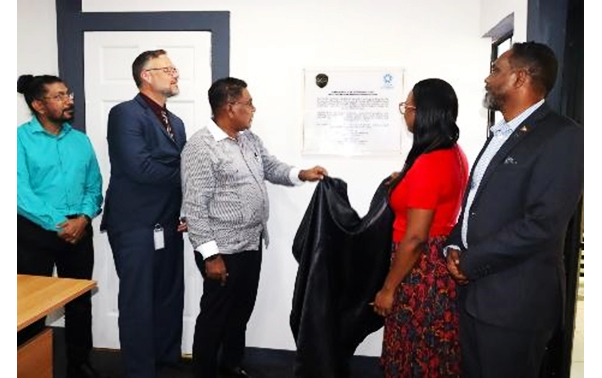Copyright trend

BAKU, Azerbaijan, November 6. The C5+1 Leaders’ Summit, scheduled for November 6, 2025, in Washington, signifies a pivotal evolution in the U.S.–Central Asia partnership. The dialogue is transitioning from broad diplomatic engagement toward concrete commercial outcomes. For Turkmenistan, this development presents a crucial opportunity to accelerate economic diversification and enhance its regional influence. The summit agenda emphasizes financing, infrastructure development, and the establishment of regional processing hubs for critical minerals. The primary impetus behind this renewed engagement lies in the U.S. objective to diversify its sources of critical mineral supply. Central Asia, endowed with substantial reserves of these strategic resources and equipped with viable transport infrastructure, aligns effectively with this goal. This convergence of regional capabilities and U.S. strategic interests exemplifies President Donald Trump’s model of commercial diplomacy—a pragmatic, results-oriented approach that facilitates rapid movement from dialogue to implementation. An illustrative case is the Orion Consortium, supported by the U.S. International Development Finance Corporation (DFC) and Abu Dhabi’s ADQ, which aims to mobilize $1.8 billion for the swift initiation of mineral extraction projects. The summit’s clear emphasis on achieving prompt, measurable commercial outcomes render its agenda both decisive and strategically significant. The current focus on commercial deals builds on an already existing, though specific, presence of U.S. businesses in Turkmenistan. To date, U.S. companies have implemented approximately 180 projects totaling up to $3.3 billion. Major American corporations such as General Electric and Westport Trading Europe Limited actively engage with state entities in the energy and oil-and-gas sectors. The high level of bilateral activity ahead of the leaders’ meeting underscores the seriousness of intentions on both sides. On June 8, 2025, Turkmenistan’s Foreign Minister Rashid Meredov met with Eric Stewart, Executive Director of the Turkmenistan–U.S. Business Council, exchanging views on prospects for cooperation in trade, the energy sector, transport, as well as emerging areas such as cybersecurity, green technologies, and education. The long-standing positive contribution of American companies was particularly noted. This business-level activity is complemented by political engagement: on August 20, 2025, the eleventh round of annual bilateral political consultations took place in Washington. Both sides reaffirmed their commitment to security cooperation, the expansion of trade and economic ties, and - importantly - strengthening the C5+1 partnership. The meeting also discussed the implementation of bilateral projects with leading U.S. companies and the expansion of their investment opportunities. Consulting firms also play a key role in reinforcing ties, including Brownstein Hyatt Farber Schreck, which assists Turkmenistan in building connections in Washington and provides advice on international cooperation. These links - spanning industrial supply, strategic consulting, and official political dialogue - create a solid foundation for further expansion of C5+1 cooperation. The success of the partnership also depends on strong leadership. President Trump’s commercial diplomacy provides Central Asian countries with a pragmatic basis for engagement, prioritizing concrete deals and resource procurement, which has already led to agreements with neighboring states. In Turkmenistan, President Serdar Berdimuhamedov maintains macroeconomic stability while focusing on domestic development. His neutrality policy encourages balanced international cooperation and attracts diverse partners. Forecasts for 2025 confirm stability: GDP growth is expected at 2.3 percent, inflation at 3.9 percent, with high hydrocarbon production ensuring a budget surplus. The President’s strategy includes creating approximately 3,000 new jobs and maximizing production capacity. With this stable position, Turkmenistan can leverage the C5+1 framework for targeted economic diversification. A key economic benefit for Turkmenistan is accelerated financing for transport infrastructure. The U.S. requires reliable logistics for exporting Central Asian resources that bypass traditional routes. This makes the Trans-Caspian International Transport Route (TITR), or Middle Corridor, strategically essential. Turkmenistan is one of the key hubs of the TITR. Its Turkmenbashi International Seaport has an annual capacity of up to 17 million tons. The route’s importance is increasing transit cargo turnover with Azerbaijan rose 13 percent in the first seven months of 2025, reaching 1.28 million tons, while total TITR cargo volume has increased 5.6 times over the past five years. Ashgabat is actively expanding Caspian transit through tenders and new project bids. For instance, in July 2025, Turkmenistan announced a tender for new Ro-Ro ferries and a cargo vessel. In August 2025, a trilateral format with Azerbaijan and Uzbekistan was established to improve infrastructure. U.S. investments in Turkmen ports and railways are essential for the export of critical minerals. Thus, the C5+1 summit serves as a platform for logistics-related investments. Beyond copper and rare earth elements, Turkmenistan is one of the world leaders in iodine production and a major bromine producer. These critical non-fuel minerals are essential for high-tech industries, defense, and pharmaceuticals. The summit’s commitment to financing regional processing hubs aligns closely with Turkmenistan’s iodine-bromine industry. In 2025, production expansion continues, accompanied by an international tender for the design and construction of a new iodine, bromine, and bromine-derivatives facility at West With both existing and planned capacities, targeted U.S. investments mitigate risks and promptly secure critical supply chains. By concentrating on this specialized sector, Ashgabat effectively attracts Western capital, advancing economic diversification beyond gas exports and reinforcing national independence. The C5+1 Summit in Washington represents a pivotal moment for Central Asia. Under President Trump’s framework of commercial diplomacy, the meeting is expected to yield tangible outcomes in infrastructure and resource development. Turkmenistan, led by President Berdimuhamedov, is well positioned to capitalize on this opportunity. By leveraging its macroeconomic stability, strategic location along the Trans-Caspian route, and significant iodine and bromine reserves, Ashgabat can secure Western investment and advance its diversification agenda. Consequently, the summit marks the beginning of a new phase in strategic economic partnership grounded in mutual commercial benefit.



